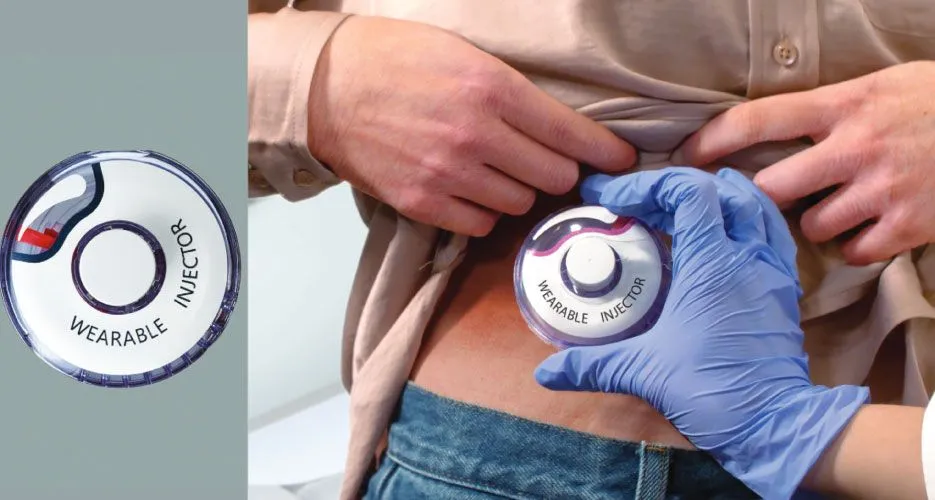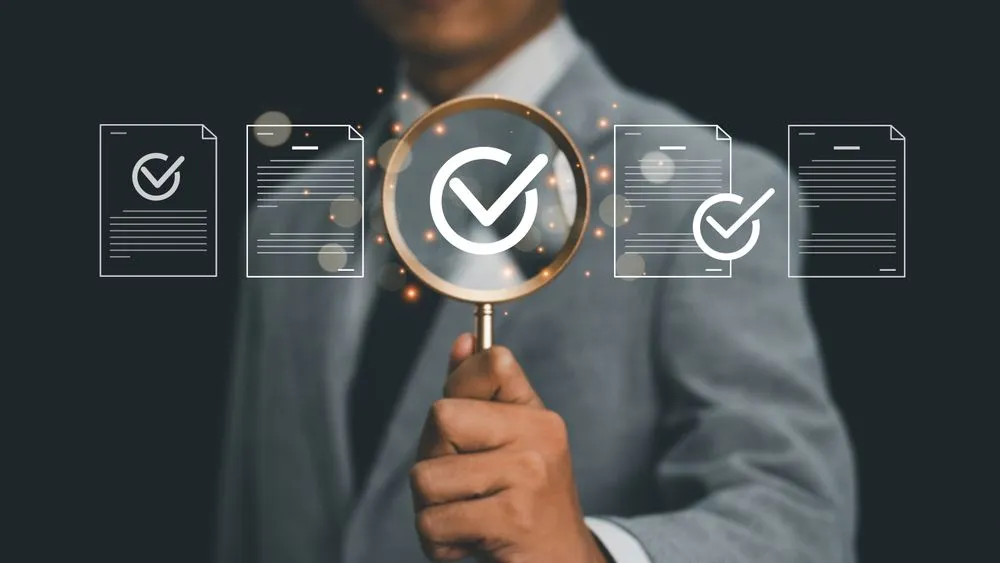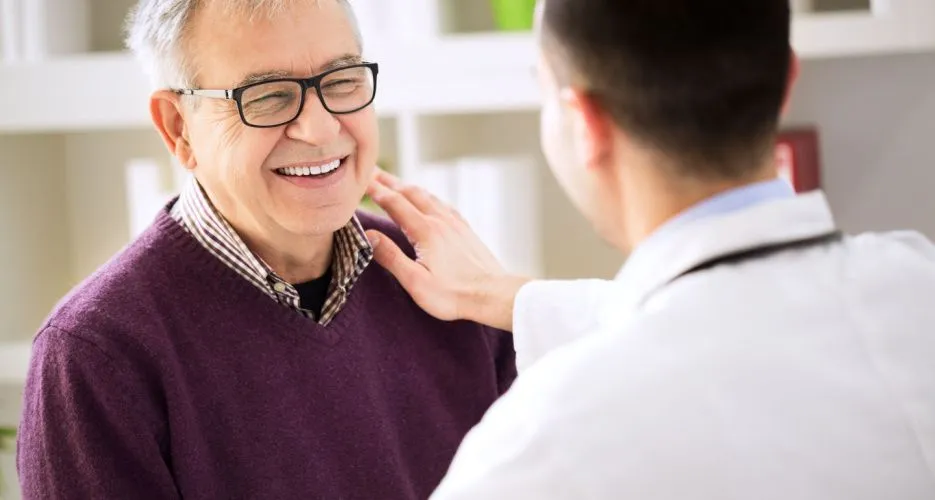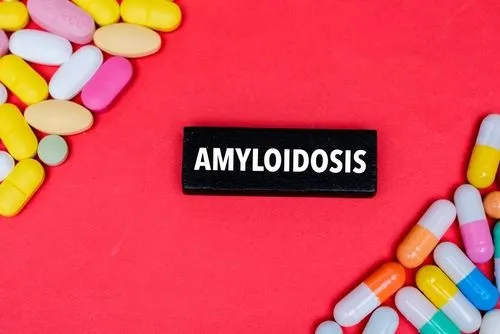Something New to Know about Allo (Donor) CAR Ts

The CAR-T technology that we have become familiar with starts with harvested T-cells from a patient. These T-cells are then shipped to a processing center where they are ‘stimulated’ so that they can actively multiply to a quantity that will be adequate for the upcoming treatment [this step is called ‘expansion’]. Once sufficient T-cells have been generated for the future treatment, they are purified an then modified/engineered with a gene that encodes the specific receptor (the CAR) that will latch on to a cancerous cell so that the CAR-T cell can now do its job of killing cancerous cells [this step is called ‘transduction]. The modification is done by the insertion of a viral vector. These vectors are safe because part of the viral strain has been deleted. This type of CAR-T therapy, using a patient’s own T-cells, is called an auto-CAR-T.
There are some disadvantages to an auto-CAR-T. It typically takes 2-3 weeks from the day of T-cell harvesting, for a patient’s T-cells to be expanded, transduced and shipped from the processing center to patients. That period may be too long for those whose disease is rapidly progressing and sometimes the CAR-T’s arrive too late. In addition, there is no guarantee that a patient’s T-cells can be expanded to a quantity that is sufficient for a treatment to truly help the patient in questions. Let me put things into some perspective. For those of us who are familiar with stem cell transplant, we know that a typical cell harvest is around 10 million stem cells. The CAR-T product for myeloma (Celgene/BMS’ bb2121) that is currently pending approval at FDA requires an infusion of between 150 and 450 million cells. Stem cells and T-cells compare to apples and oranges, but the point here is that massive expansion of the number of harvested T-cells is required. The big advantage, however, is that with an auto-CAR-T treatment there is no worry for a Graft vs Host (GvH) reaction since the patient’s own cells are used.
Several companies have embarked on programs to have ‘off-the-shelf’ CAR-T quantities available using T-cells from healthy patients. There are several advantages to such an approach. The donors provide healthy, viable T-cells that facilitate their expansion and material is ready for immediate patient use. The disadvantage is the potential for a GvH-reaction against the donor CAR-T cells. And with this introduction we can move to news that should be of interest to us.
The Belgian company Celyad Oncology has announced that the US Food and Drug Administration (FDA) has cleared its submission for an Investigational New Drug (IND), greenlighting the company to proceed with Phase I clinical trials for its product CYAD-211 to treat relapsed/refractory multiple myeloma. What is special about CYAD-211 ? The CYAD-211 CAR-T cells not only target the BCMA-proteins present on the surface of the myeloma cells, but they are also engineered with an additional technology to limit the potential for a GvH-reaction after infusion. The company expects to start Phase I clinical trials before the end of 2020.
I suggest that, for those who are more interested in Celyad’s technology and approach to CAR-T, you visit their website, specifically where they discuss their science and their pipeline. Their technology platform also includes a breakthrough in manufacturing that expedites the processing of the donor T-cells and that yields a more consistent CAR-T construct compared to what is currently available. If successful, Celyad’s technology will be a true treatment breakthrough for us, multiple myeloma patients, providing us with a treatment option that solves several problems at the same time.
The CAR-T technology that we have become familiar with starts with harvested T-cells from a patient. These T-cells are then shipped to a processing center where they are ‘stimulated’ so that they can actively multiply to a quantity that will be adequate for the upcoming treatment [this step is called ‘expansion’]. Once sufficient T-cells have been generated for the future treatment, they are purified an then modified/engineered with a gene that encodes the specific receptor (the CAR) that will latch on to a cancerous cell so that the CAR-T cell can now do its job of killing cancerous cells [this step is called ‘transduction]. The modification is done by the insertion of a viral vector. These vectors are safe because part of the viral strain has been deleted. This type of CAR-T therapy, using a patient’s own T-cells, is called an auto-CAR-T.
There are some disadvantages to an auto-CAR-T. It typically takes 2-3 weeks from the day of T-cell harvesting, for a patient’s T-cells to be expanded, transduced and shipped from the processing center to patients. That period may be too long for those whose disease is rapidly progressing and sometimes the CAR-T’s arrive too late. In addition, there is no guarantee that a patient’s T-cells can be expanded to a quantity that is sufficient for a treatment to truly help the patient in questions. Let me put things into some perspective. For those of us who are familiar with stem cell transplant, we know that a typical cell harvest is around 10 million stem cells. The CAR-T product for myeloma (Celgene/BMS’ bb2121) that is currently pending approval at FDA requires an infusion of between 150 and 450 million cells. Stem cells and T-cells compare to apples and oranges, but the point here is that massive expansion of the number of harvested T-cells is required. The big advantage, however, is that with an auto-CAR-T treatment there is no worry for a Graft vs Host (GvH) reaction since the patient’s own cells are used.
Several companies have embarked on programs to have ‘off-the-shelf’ CAR-T quantities available using T-cells from healthy patients. There are several advantages to such an approach. The donors provide healthy, viable T-cells that facilitate their expansion and material is ready for immediate patient use. The disadvantage is the potential for a GvH-reaction against the donor CAR-T cells. And with this introduction we can move to news that should be of interest to us.
The Belgian company Celyad Oncology has announced that the US Food and Drug Administration (FDA) has cleared its submission for an Investigational New Drug (IND), greenlighting the company to proceed with Phase I clinical trials for its product CYAD-211 to treat relapsed/refractory multiple myeloma. What is special about CYAD-211 ? The CYAD-211 CAR-T cells not only target the BCMA-proteins present on the surface of the myeloma cells, but they are also engineered with an additional technology to limit the potential for a GvH-reaction after infusion. The company expects to start Phase I clinical trials before the end of 2020.
I suggest that, for those who are more interested in Celyad’s technology and approach to CAR-T, you visit their website, specifically where they discuss their science and their pipeline. Their technology platform also includes a breakthrough in manufacturing that expedites the processing of the donor T-cells and that yields a more consistent CAR-T construct compared to what is currently available. If successful, Celyad’s technology will be a true treatment breakthrough for us, multiple myeloma patients, providing us with a treatment option that solves several problems at the same time.

about the author
Paul Kleutghen
I am a patient diagnosed in 2014 with primary plasma cell leukemia (pPCL), a rare and aggressive variant of multiple myeloma and have been very fortunate to find successful treatment at the division of Cellular Therapy at the Duke University Cancer Institute. My wife, Vicki, and I have two adult children and two grandsons who are the ‘lights of our lives’. Successful treatment has allowed Vicki and I to do what we love best : traveling the world, albeit it with some extra precautions to keep infections away. My career in the pharmaceutical industry has given me insights that I am currently putting to use as an advocate to lower drug pricing, especially prices for anti-cancer drugs. I am a firm believer that staying mentally active, physically fit, compliant to our treatment regimen and taking an active interest in our disease are keys to successful treatment outcomes.
More on Treatment Advances
Trending Articles
Upcoming Events




Get the Latest Multiple Myeloma Updates, Delivered to You.
By subscribing to the HealthTree newsletter, you'll receive the latest research, treatment updates, and expert insights to help you navigate your health.











